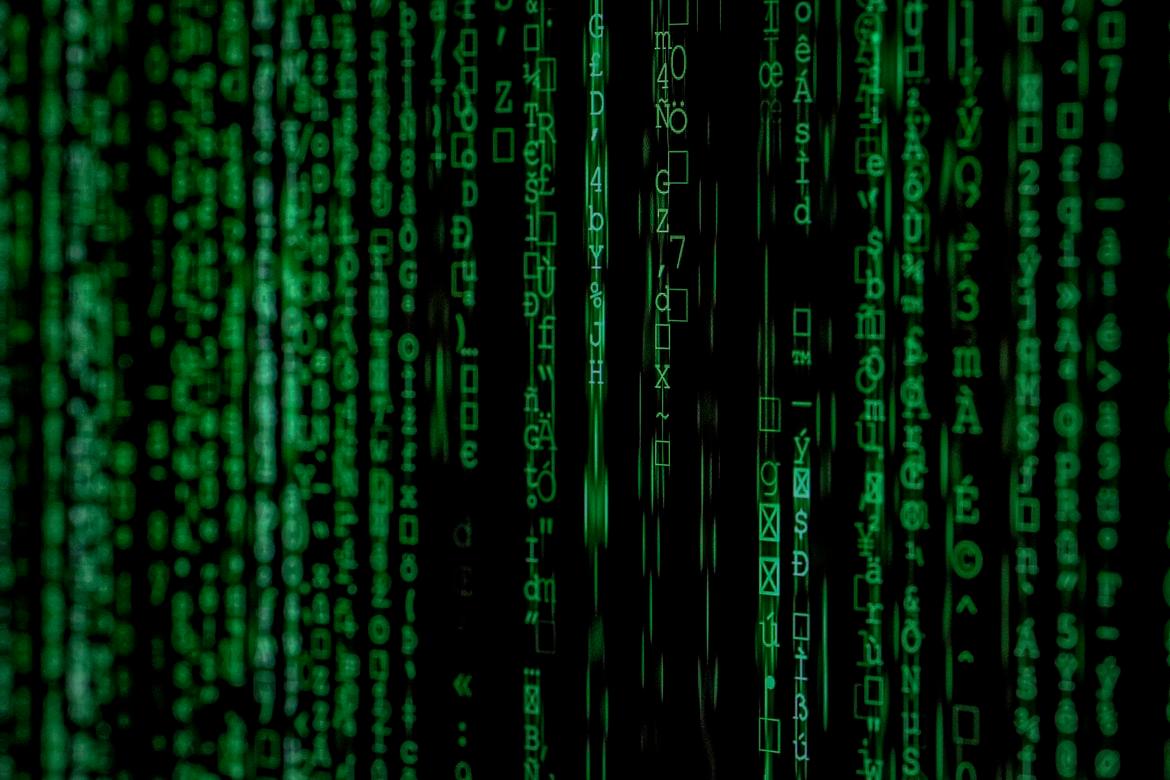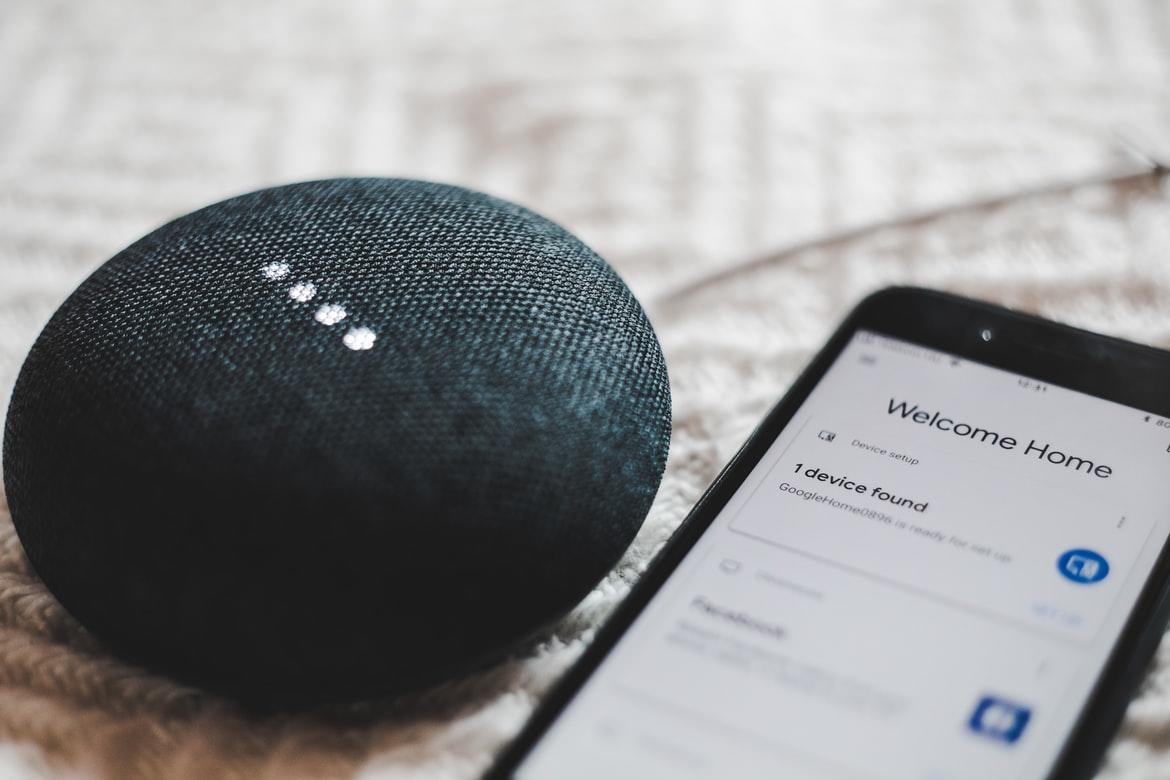Digital identities, in the age of hyper-distributed IT, are increasingly gaining importance. Secure authentication of devices, communications and data is now necessary, with everyone working from home and becoming increasingly reliant on connected devices, often with only basic levels of encryption. We all feel the need for improved digital identity policies.
IoT and the need for secure digital identities
Internet of Things devices are increasingly fundamental to almost every industry. Aviation? GPS tracking models increasingly run across a connected network. Healthcare? IoT devices, whether they be insulin pumps or defibrillators, are on the frontlines of patient monitoring and emergency response. These sectors, where IoT devices are mission-critical, cannot afford to be breached. If device digital identity is not secured in the healthcare or aviation industry, lives are at risk.
Even simply looking at the sheer volume of IoT devices in use today, both in enterprise networks and consumer households, it is clear that securely authenticated digital identities are an urgent priority. IoT growth remains on an unstoppable course, with analyst house IDC predicting that by 2025, there will be 41.6 billion connected IoT devices in use. At such numbers, IoT authentication becomes an elemental piece of the puzzle if we want to avoid an ever-expanding host of poorly secured devices which leave the entire network vulnerable to breaches, outages and data loss.
Connected devices create a sensor-rich network which means improved functionality and potential revenue growth for organisations, but they also come with significant business and compliance risks. These begin to outweigh the strategic benefits unless businesses and governments prioritise securing digital identities.
It is readily apparent that the current model of implementing secure digital identities for IoT devices is insufficient, but it is one thing to highlight an inadequate system and another to be able to change the model.
The role of digital identities
IoT and Industrial IoT solutions require that digital components know each other and trust each other. This can only be achieved if each system is given a digital identity. Ideally, this is done directly during production of the individual components. A digital identity includes attributes—serial numbers, for example—that can be used to identify control units of a machine tool, a smart meter etc. It is necessary today to track the entire lifecycle of a product, from manufacture, transport and use to disposal and recycling. This enables manufacturers to provide products with new software versions and patches throughout their entire life cycle.
Networking and accessibility of control units or measuring systems make new business models possible. Models such as on-demand upgrades for temporary activation of higher speeds or consumption-based billing of machine output are possible in principle. The basis of these business models is a unique identity of the machine and the sensor, combined with the customer’s confidence that no manipulation has taken place. Digital identities, using certificates, in smart and secure supply chains is also becoming the de-facto standard for (Industrial) Internet of Things.
Ask us for more information!




